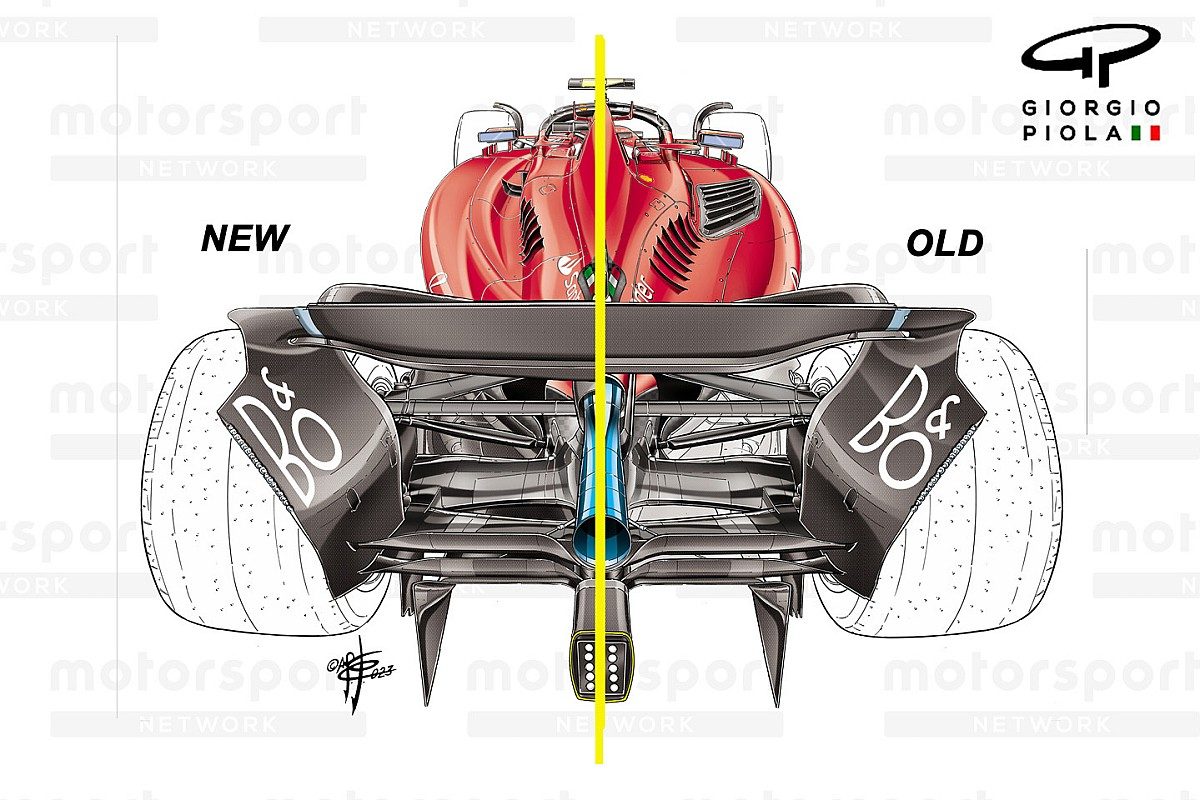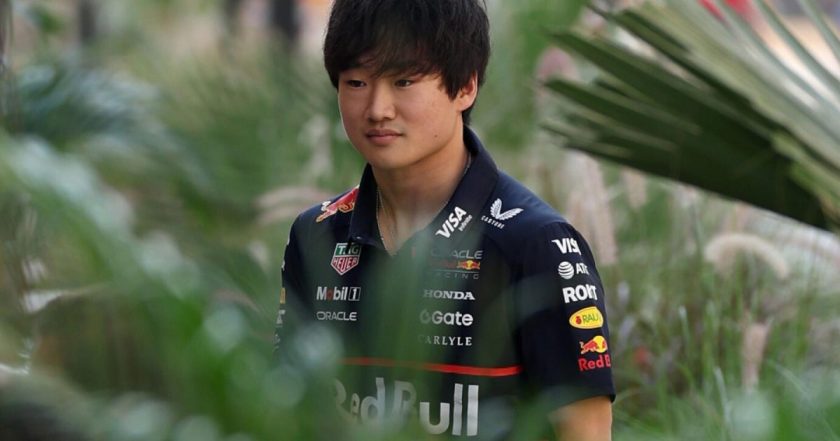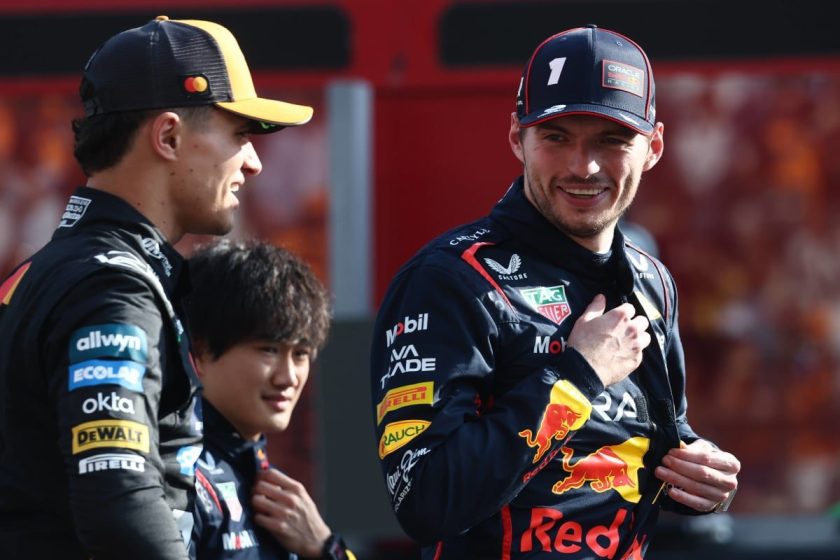P1racenews AI automatic summary:
F1 tech review: Ferrari follows rivals’ route to get back on track
The Ferrari SF-23 came very close to surpassing Mercedes for the second-place spot behind Red Bull in the Formula 1 championship. The car featured several innovative design details, including a longer nose assembly that no longer connected the tip to the mainplane. It also had a unique S-duct feature that allowed captured airflow below the inlet to escape into the upper surface of the sidepod. The SF-23’s chassis design allowed for a lower wishbone position, and it introduced a new rear wing with a single central support pillar instead of the previous twin pillar arrangement. The front wing of the SF-23 had slot gap separator brackets for increased aerodynamic support, and the car was equipped with additional sensors in Baku for gathering data. Ferrari also used flow-vis paint to visually confirm performance on various parts of the car, such as the rear wing, beam wing, and diffuser. The SF-23’s front brake arrangement also featured a low-slung position and a new drill pattern for improved temperature control. Additionally, Ferrari introduced a high downforce rear wing with a single mounting pillar for the Monaco Grand Prix.






